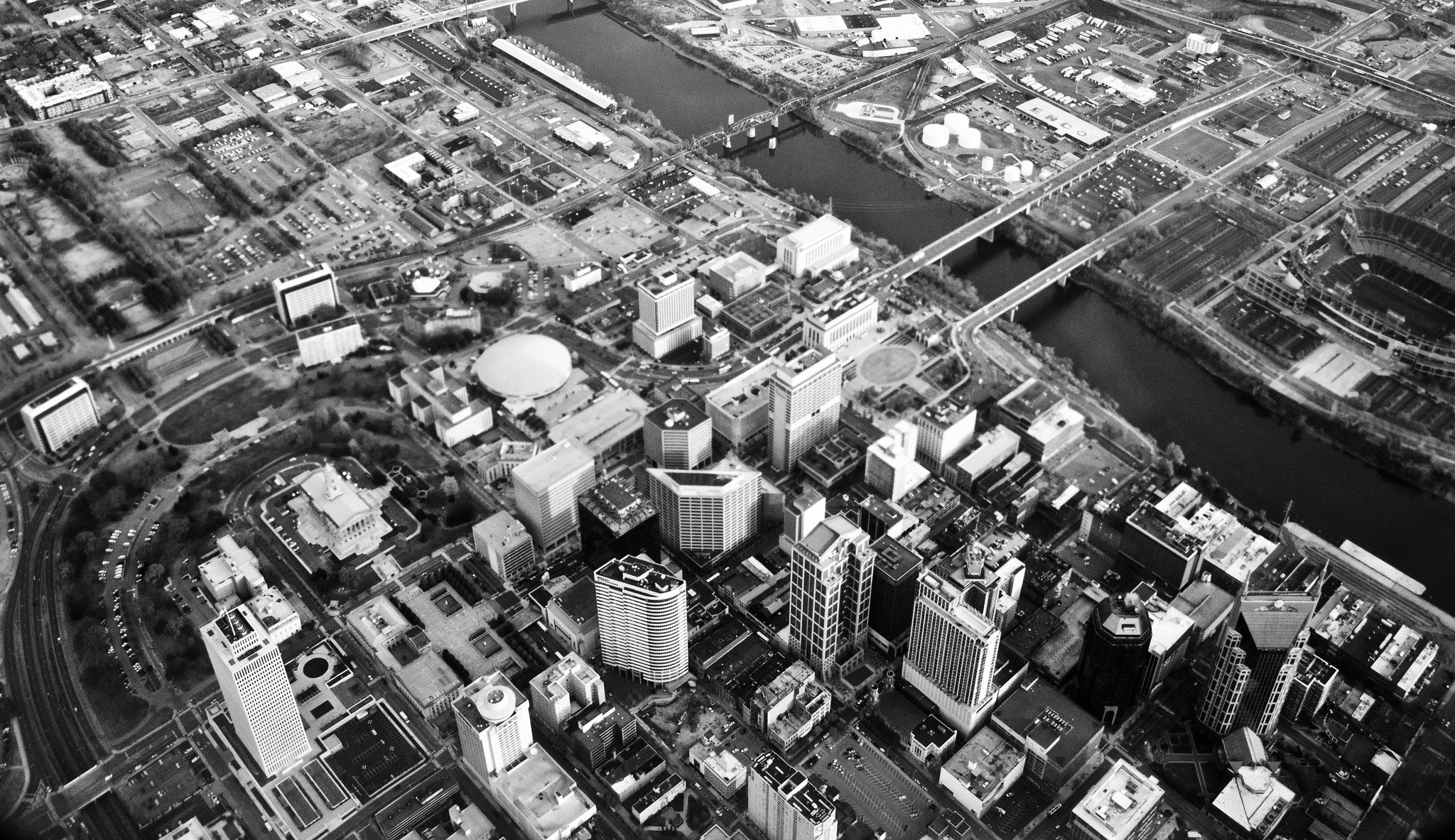Death rates correlate with education levels, urbanization rate, alcohol consumption, car size, driving laws, speed cameras, and road design.
Arkansas at #3. I am not remotely shocked. People here drive like complete morons who are oblivious to everyone else on the road. Just on your average trip to Bentonville – which is about 8 miles from me – you’re almost guaranteed to see half a dozen cars blow through a red light. I’ve had more close calls than I can count.
Currently live in Louisiana, close to Arkansas border. The roads are just as bad as the drivers. I learned to drive when I still lived in Cali. I’ve had to find tune my predictive idiot sense living where I do now. I legit think vehicles are sold here without blinker fluid
Notice how the states you’d be trying to leave or drive through as fast as possible are all grouped at one end of the scale?
I’m not saying this is the only reason. But it can still be a reason.
It’s always fun when your beliefs are confirmed. If I were to guess the top 10, it would have probably been those listed maybe a dabble of Wisconsin given their lack alcohol laws and enforcement compared to other places.
Nah, Wisconsin has weather that requires more cautious driving a big chunk of the year.
A lot of the higher end states from the US in the graph are in southern parts of the country which are largely red politically which likely means reduced safety regulations, and have more consistent road conditions and weather through the year.
Fatalities per capita is probably less interesting than fatalities per unit of distance driven.
Or fatalities per drive-thru daiquiri bar
Pretty clear pattern with the US states. The lowest death rates are decidedly blue and the highest are decidedly red.
Like Tal said, a confounder for that would be distances driven. There are probably similar ones like rural/uban populations etc. It would be great to see a study allowing for these.
I couldn’t find one but I didnt look very hard.edit: coundn’t
Death rates correlate with education levels, culture, urbanization rate, car size, driving laws, speed cameras and road design.
In that order?
edit: OK, so I actually watched the video: #1 was vehicle miles/kms travelled
I would bet the highest correlation is with drunk driving.
It’s miles driven per person. Wisconsin and Minnesota have ridiculous drunk driving rates, but they are middle of the pack.
Presumably, people drive more frequently and for longer distances in the red states. Everyone I know back in my home red state commutes between 30 minutes to an hour, sometimes more, everyday. They’re not sitting in traffic either.
I don’t know why you think people would spend any less time in traffic in blue states.
Death rates correlate with education levels, culture, urbanization rate, car size, driving laws, speed cameras and road design.
The main issue is distance (and speed), not time. Your far less likely to be in a fatal car crash (or crash out any kind) in slow-moving city traffic jams vs driving from your rural house to your job in the next small town doing 85 mph on a 2-lane highway, which is the scenario a lot of folks in rural areas have every day
Death rates correlate with education levels, culture, urbanization rate, car size, driving laws, speed cameras and road design.
From the linked source, #1 is miles driven. You can keep copy/pasting the same thing in response to people hypothesizing miles driven is the biggest cause, but it won’t change the fact that you are wrong.
Correlation is not causation. They never addressed speed or distance, which are clearly the biggest factors in the chances of fatality and the chances of having a wreck at all (respectively)
From the video:

I’m guessing that these are in order of correlation. I didn’t notice a source or follow up further.
It’s not time in traffic. It’s time NOT in traffic. Traffic is slow and not often deadly. Driving for an hour at 70mph is much more dangerous than an hour at 25mph.
And blue states often have bigger cities with slower traffic and shorter commute distances.
Unless I miscounted they seem to be missing a few states.
I’m a proud resident of one of Canada’s only four provinces.
They only included the two thirds of states that best supported their intended message.
Definitely missing some. I was looking for where Wyoming lined up. Combed the line like 8 times before I decided I wasn’t missing something.
I’m willing to bet half those BC stats are actually Albertans driving into the mountains. Significantly more westbound than eastbound fatalities in the Rockies. If you fall asleep at the wheel in Alberta you wake up in the middle of a corn field. If you fall asleep at the wheel in BC you don’t wake up.
While I don’t disagree there’s a high likelihood it’s Albertans, very few Albertans drive west and not back east again, so your anecdotal data doesn’t represent your argument.
I’m from Washington and I’m surprised we’re not higher. In the winter it’s dark during both morning and evening rush hour, meaning most people are doing their commutes in the dark. It can feel pretty dangerous sometimes.
Look closer at the ranking of states. This isn’t about weather or external causes. Wisconsin and Minnesota have much worse weather in the winter and are almost as dark in the winter as Washington with similar death rates, but their rates are much lower than Mississippi and Alabama who have no snow and more sunlight in winter. The three are lower even than Arizona, which is usually sunny and rarely has snow.
External things like how many miles are driven on average by the people in the state is huge. Also things like speeding culture, average car safety (poor states have shittier cars or old trucks), and road maintenance are all big impacts, too.
I don’t know enough to be able to extrapolate anything from it, but sounds like there’s a lot to unpack for those like you who can.
I’m genuinely surprised Utah isn’t higher on this list. I’ve driven in many states, and that state has by far the worst drivers I’ve encountered.
And Massachusetts.
Massholes were particularly bad drivers, but I think the speeds are typically lower and the quality of car higher than some poorer and more wide open states.
In the UK in 2023, it was about 2.5 per 100,00 people.
That chart is incomplete.
What makes you say that?
It doesn’t have 50 american states, 10 provinces 3 territories, and 8 Australian states (sorry I don’t know if they are classed otherwise)
Where does it say it was supposed to? I don’t say anything about all states anywhere in the title or in the graphic.
It says that it is for the 3 countries then breaks it down by region. It then doesn’t have all regions. The graph or OP doesn’t mention the exclusions.
Putting it behind a link seems like building a narrative.
No it says it’s for major states and provinces.
Major is subjective. If you are going to use terms like that and only give a graph you should define the term.
And that’s completely legitimate argument to make, though I think you’d have trouble arguing that any of the ones left off this graph constitute major. However you’ll note that it’s a completely different argument.
There are a lot of missing people underwater in their cars, in the South and Midwest.
Missing states…
14 missing states, including South/North Dakota, Montana, Wyoming, Idaho, Nebraska, Alaska, Vermont, New Hampshire, Maine, Delaware, Rhode Island, Hawaii, and West Virginia. Most of those states barely have 100,000 people.








